
People in Bac Giang discovered the unique structure of an ancient well in a relic site from the Le Dynasty during renovation - Photo: THANH CONG
Speaking with Tuoi Tre Online on April 16, Ms. Phung Thi Mai Anh - Director of Bac Giang Provincial Museum - confirmed that she had received information that during the renovation of a well (Huong Lam commune, Hiep Hoa district, Bac Giang), people discovered a wooden structure, deep underground, with a unique spiral shape.
It is possible that the ancient well is no longer intact.
However, she said that this well may not be as intact as the ancient wells discovered in Tan Yen district (Bac Giang) because it lacks the top of the well (usually built with stone slabs). Similarly, the ancient square wells of the Cham people in the Central region also have solid layers of honeycomb stones on the well mouth.
According to this person, the square well plays a role in providing water for villagers or is used for festivals because it is associated with the temple relic.
In the Central provinces, square wells are often dug near relics or near the sea to provide fresh water for fishermen.
It is expected that the working group of Bac Giang Provincial Museum and relevant agencies will survey, research and directly evaluate to have an official conclusion.
Mr. Le Xuan Chu - Chairman of the People's Committee of Huong Lam commune, Hiep Hoa district - added that when renovating the well in the Hac Lam communal house and pagoda relic site, people accidentally discovered a wooden structure deep underground and reported it to the authorities.
Wells used to be used for daily life, but later on, when there was a clean water source, wells were rarely used.
According to the Huong Lam Commune Electronic Information Portal, Hac Lam communal house is an ancient communal house, dating back to the Le Dynasty (18th century). In the communal house grounds, there is also Hac Lam pagoda, creating a "god in front, Buddha in back" layout familiar to Kinh Bac people.
The earliest dated stele and the most beautiful decorative art in the communal house were determined to date from the 27th year of Canh Hung (1766).
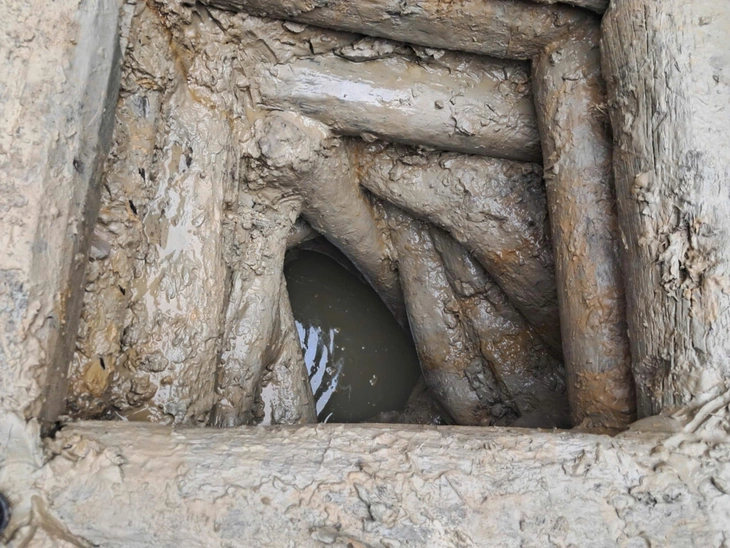
Unique, spiral structure of ancient well recently discovered by locals - Photo: THANH CONG
Need to determine the age and value of the ancient well
Speaking to Tuoi Tre Online on the evening of April 16, Dr. Pham Van Trieu - deputy head of the historical archaeology department, Institute of Archaeology (Vietnam Academy of Social Sciences ) - said that the age of the well could not be determined.
Scientists had to take wood samples for radioactive carbon (C14) testing, and at the same time study the history of the formation and appearance of the well as well as the lifestyle and well-digging methods of the people in the area.
According to Dr. Trieu, to accurately conclude the age and value of the well, interdisciplinary studies such as ethnology and cultural studies are needed. Preliminarily, the well has a square structure, unique to the residents of the Northern Delta region.
"The traditional, inherent, and common type of well of Vietnamese people in the Northern region, especially in rural villages, is usually an earthen well or a well dug and built with bricks. The square well is a popular type of relic and is a tradition, typical of residents in the Central region, distributed mainly from Quang Binh to Binh Thuan," Dr. Trieu expressed.
The expert added that in the past, the Northern Delta mainly used horizontal wells, meaning the well surface was close to the ground. However, this type of well is easily contaminated by many types of impurities mixed into the soil.
The newly discovered well in Huong Lam (Bac Giang) is a vertical well, which can only be found when digging deep underground. The water in vertical wells is always cleaner than the water in horizontal wells.
"This shows the progress in well digging techniques and the civilized life of people in searching for water veins," Dr. Trieu shared.
Dr. Pham Van Trieu assessed that the wooden embankment on all four sides not only helps to strengthen the well wall but also has the effect of filtering water, preventing dirty water from horizontal water sources from overflowing, keeping the water in the well clean.
Regarding the location of the square well found in the Hac Lam communal house and pagoda relic complex, Mr. Trieu emphasized that the well could also be used for cultural and religious activities such as cooking rice, making sticky rice, preparing feasts, and serving ritual activities. "The water source in these types of wells is often respected and protected by the people," said Dr. Trieu.
Source: https://tuoitre.vn/phat-hien-gieng-co-go-xoan-oc-doc-dao-trong-khu-di-tich-thoi-le-20250416201442152.htm


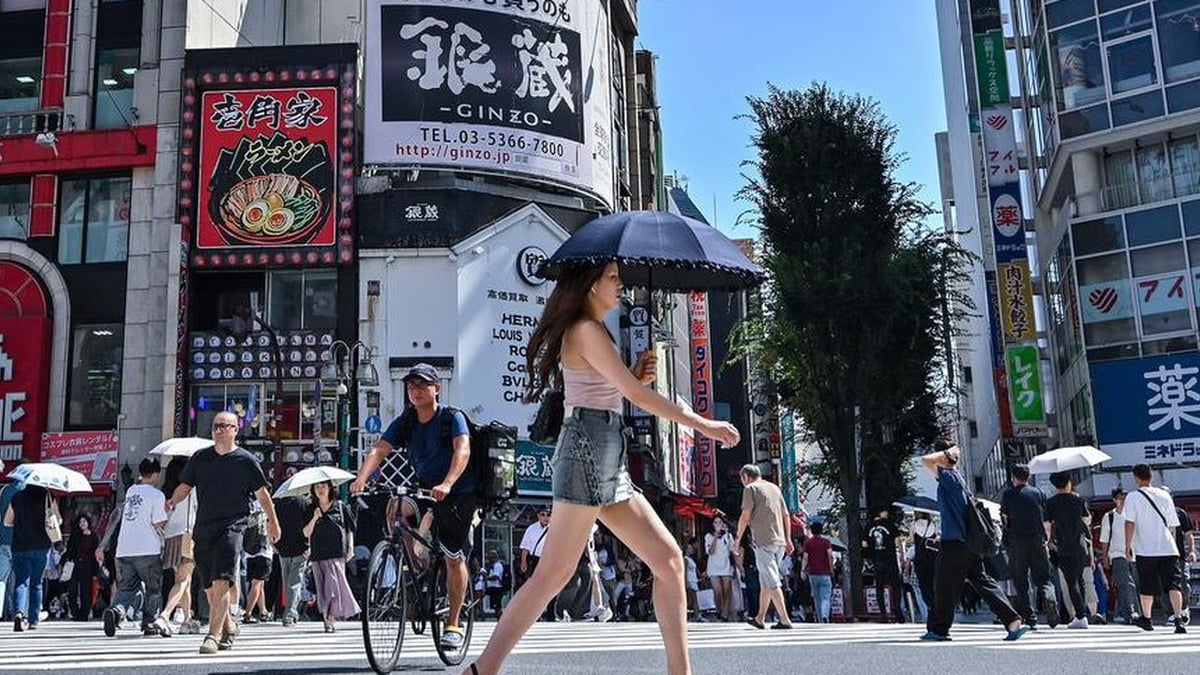


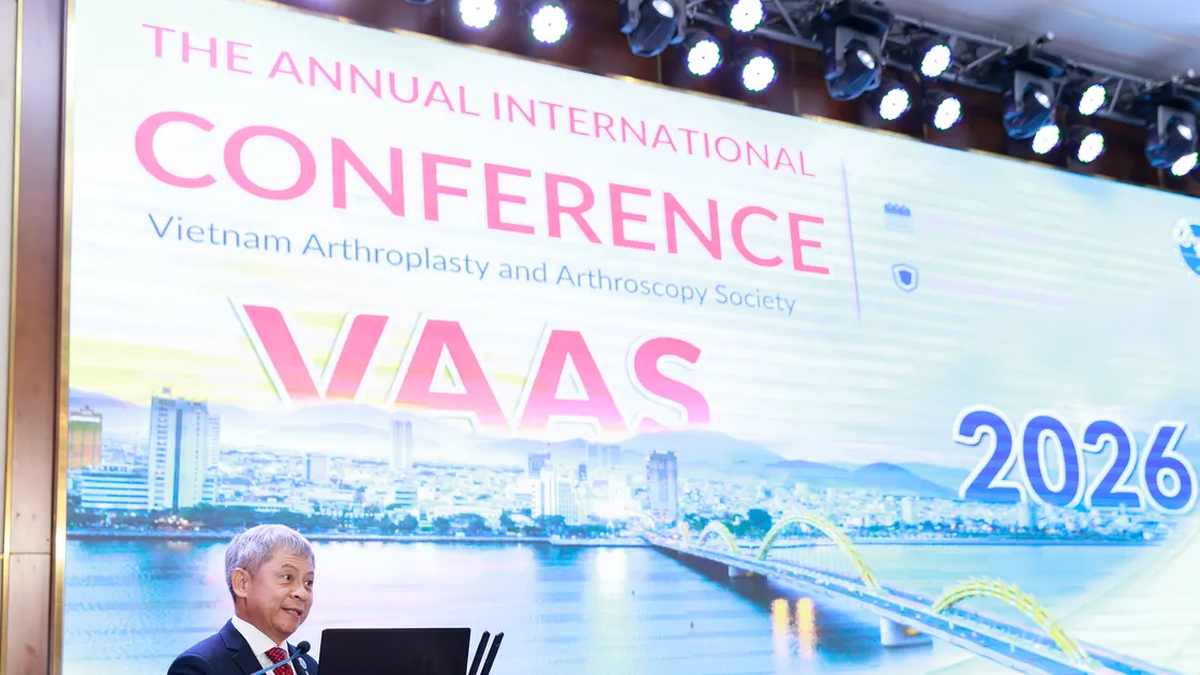
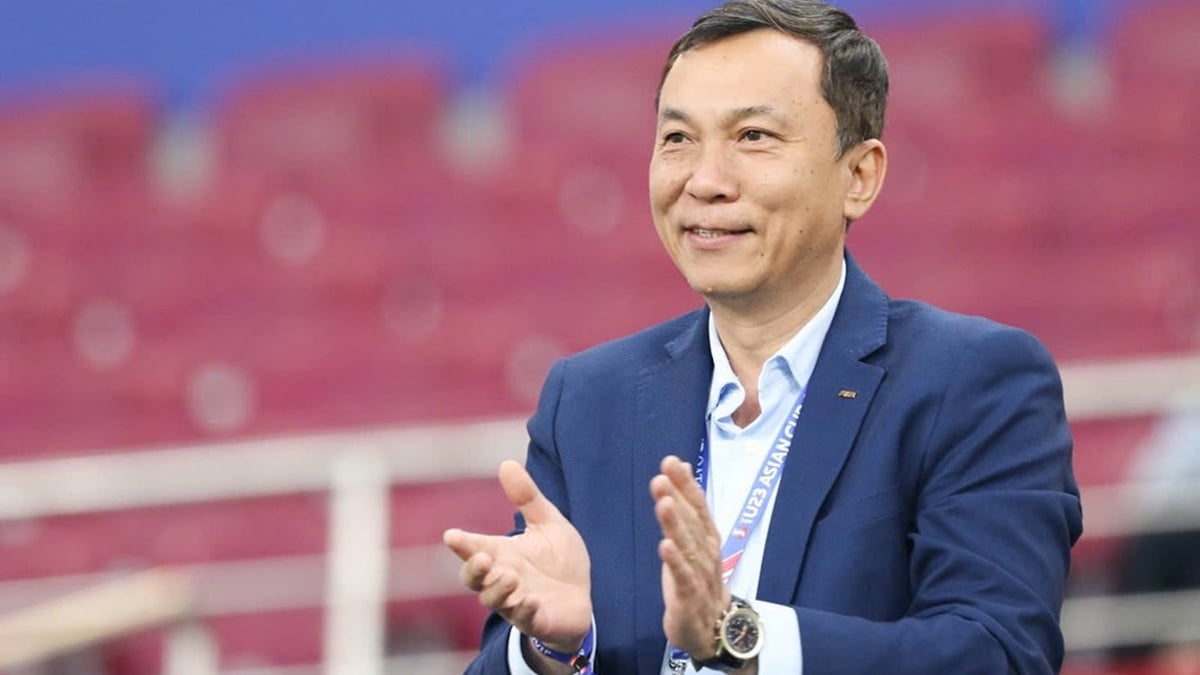


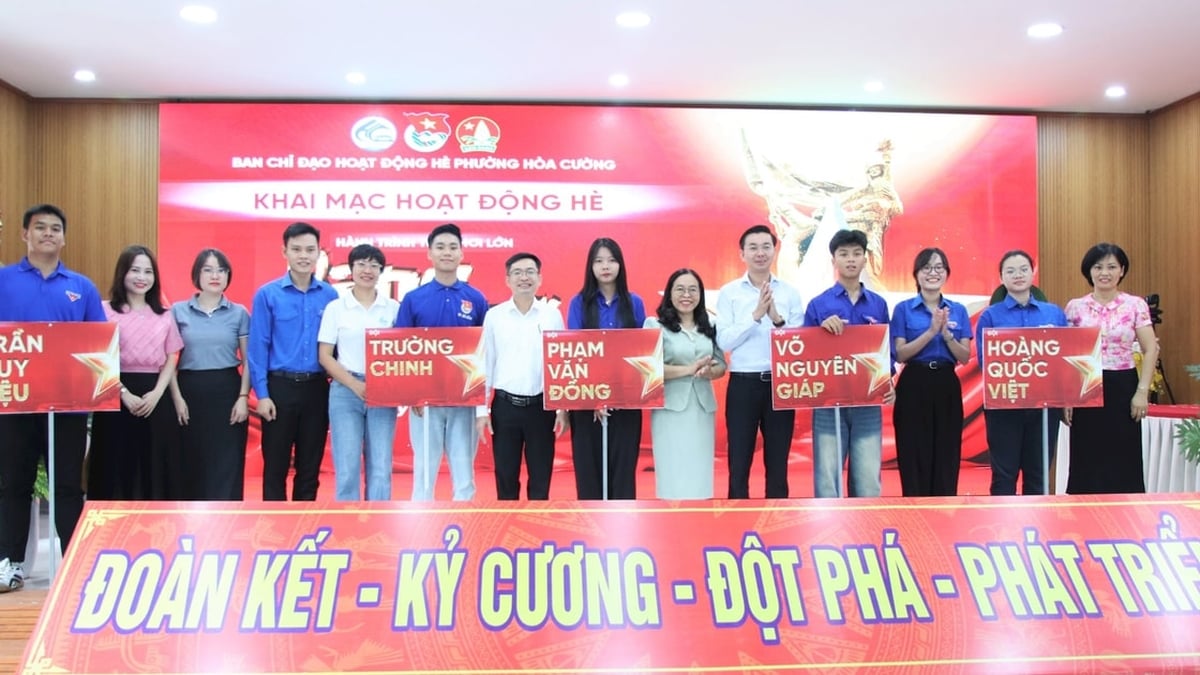


























































































Comment (0)